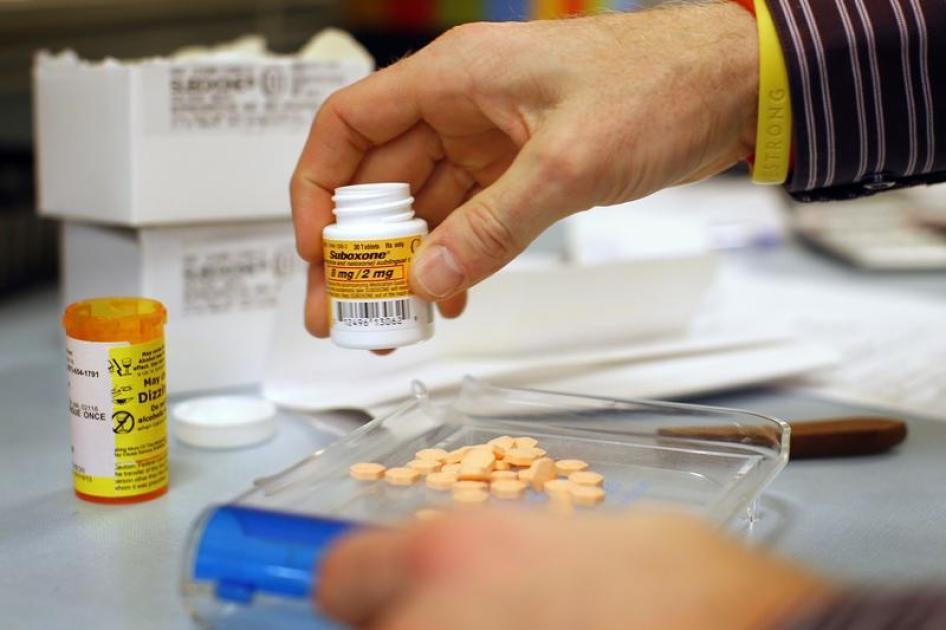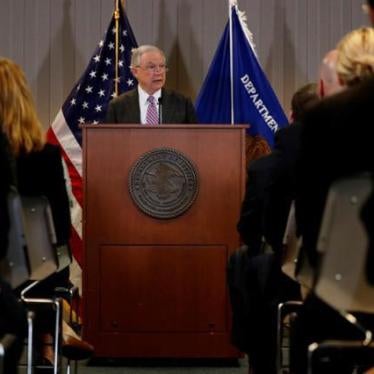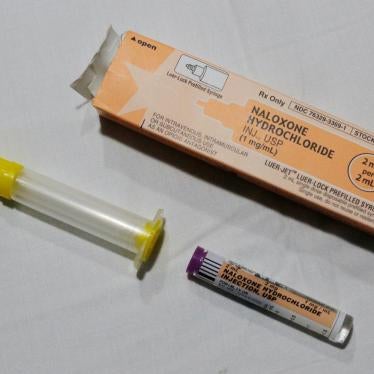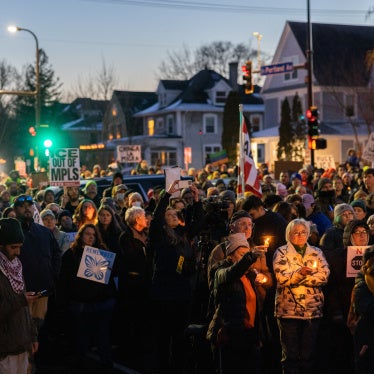A controversial new study about access to naloxone – a life-saving treatment for opioid overdose – that concludes the treatment fails to reduce deaths or addiction has sparked intense debate by scientists over the report’s methodology and credibility. For public health advocates, it provides an opportunity for a much-needed discussion about how to reduce the human toll of the overdose crisis.
The study, by researchers Jennifer Doleac and Anita Mukherjee, investigated whether increased access to naloxone has reduced the “crime” of opioid “abuse” or decreased mortality rates from overdose. They conclude that increased access to naloxone has done neither. In fact, they claim that their study shows that naloxone has contributed to increased opioid use and use of riskier opioid substances such as fentanyl.
Naloxone is a medication designed for emergency response to reverse the effect of an opioid overdose. Its purpose is to save lives, not to be the solution to the overdose epidemic, or even to reduce drug use. Ideally, it would be part of a comprehensive public health policy that included prevention, access to affordable and evidence-based treatment, and harm reduction programs to lower the risks of overdose and disease transmission for people using opioids. Today, the US is headed in the opposite direction, as federal policies seek to limit access to health care and there is increasing emphasis on punitive responses.
At the end of the study, the authors acknowledge the importance of access to drug dependence treatment, but this point appears to be an afterthought in a piece centered on the question, “Does saving the lives of criminally active opioid abusers increase crime rates?” It is difficult to imagine a more stigmatizing framework for a health policy inquiry.
Although people who use illicit opioids are violating the law, everyone has a right to life. Many also suffer from addiction, a chronic and relapsing disease. Naloxone may save their lives, but with limited access to treatment, they will continue to be at risk of overdose.
As long as the question asked about a health intervention is “How does it reduce crime?” more lives will be lost and the overdose epidemic will continue to claim 175 lives a day.









